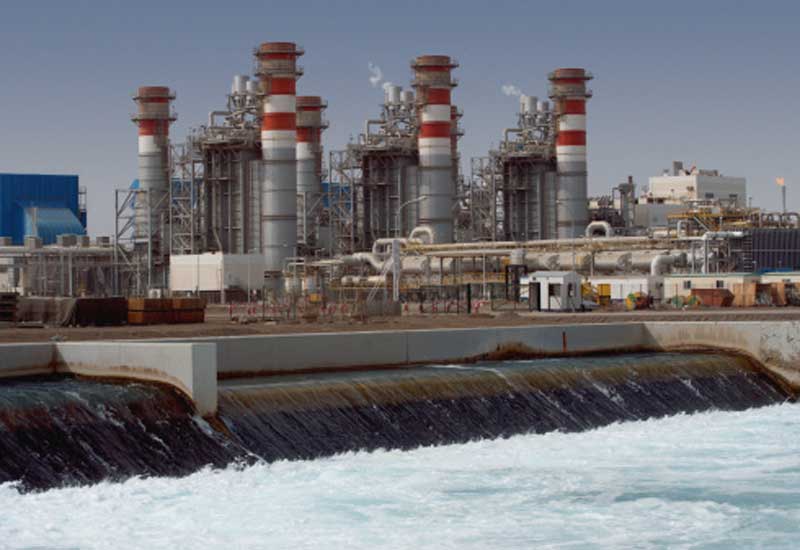Decarbonisation Efforts in Oman
Dr Lamya Harub
A former Omani Diplomat, Dr Lamya Harub obtained her Doctorate from King’s College London in The Political Economy of Energy Security. She now works in the Alternative Energy field in OQ. Dr Lamya aims to play a leading role in Oman’s decarbonisation efforts through the promotion of sustainable energy and environmental solutions as well as energy efficiency measures.
The world is entering a new era wherein the challenges of global climate change are affecting how oil and gas companies operate their businesses. These global challenges affect everything from attempts to decrease carbon emissions (CO2e), increasing energy efficiency measures, and adjusting to new socio-political risks. Oman is no exception to this shift. Today the Sultanate’s development strategy can no longer depend on its oil and gas export revenues especially in light of the plummeting oil prices. Oman therefore needs to aggressively diversify its economy and move towards transitioning its energy use from fossil-based to zero-carbon by 2050.
Under the leadership of Sultan Haitham bin Tariq, Oman’s development plans set out in Oman Vision 2040 explicitly addresses the need to move beyond hydrocarbons and decarbonise. The Sultanate aims to face the current global realities by transforming into a diversified economy by 2040. Its plan thus calls for the integration of sustainable energy and the reduction of energy related CO2e to limit climate change and conserve natural resources for future generations. These strategies have been rooted in the Sultanate’s plans since the publication of Oman Vision 2020 in 1995.

Oman has always been at the forefront of change. Since 2005, the Sultanate was among the first in the region to seek to liberalise the electricity market. Today, the Authority for Electricity Regulation (AER) is working in tandem with Oman Power and Water Procurement to introduce the spot price market to transition the country into a new way of generating and selling power. AER is also working collaboratively with the transmission company to prepare for that transition: to see how they can integrate the power plants into the market, to predict the impact of renewables on the country’s current electricity system, and to ascertain the needed grid codes and other techno/commercial considerations. Moreover, the Sultanate is leading in the introduction of cost-reflective tariffs (CRT) for large industrial users. The CRT has allowed for the increased focus on energy efficiency supported also by regulator initiatives and recent energy saving company opportunities. Accordingly, renewable energy coupled with energy efficiency measures can potentially achieve 90 percent of the required carbon reductions.
For the last forty years, Oman’s power generation sector has been dependent on gas-fired generation. This is also changing with the drive towards the decarbonisation of the energy value chain. The country has a diversification strategy to reduce its reliance on fossil fuels with a target of at least 30 percent of electricity output coming from renewables by 2030. The focus for many industries is to look for smart energy services and behind-the-meter solutions. In addition to leveraging the research capabilities of platforms like EJAAD, for example, which has a unique understanding of the region’s energy markets and systems, as well as the mandate to produce rigorous work that challenges the status quo and connects academic research and know-how with industrial needs.

Few industries have seen the rapid change the world is currently witnessing with renewable energy technology. At present, global installations of renewable power capacity outpace those of fossil fuel and nuclear power installations combined. The Gulf region has gone from 10 megawatts of renewables in 2009 to over 60 gigawatts of planned renewable projects by 2032. To completely transition, the decarbonisation of the energy sector requires urgent action not only domestically and regionally, but on a global scale. And while a global energy transition is underway, further action is needed to reduce carbon emissions and mitigate the effects of climate change which may lead to catastrophic disruptions if not addressed.
In this respect, the Sultanate can emerge as an influential player in global energy geopolitics. Given its strategic location, Oman can successfully leverage a sustainable energy transition to strengthen its position as a global energy leader while providing tangible economic and environmental benefits. In 1986, the Sultanate announced a National Strategy for Protecting the Environment of Oman. The strategy generally aimed to protect the environment, evaluating and controlling CO2e, whilst finding and implementing decarbonisation solutions. At the heart of its sustainable development policy is the belief that social, economic and environmental issues cannot be separated. Therefore, to ensure economic and social prosperity in the development process, it was Oman’s policy to consider the rights of future generations as a means to manage natural resources sustainably.

The breakthroughs in achieving sustainable development through liberalisation, decarbonisation and renewable energy will ensure prosperity for the Sultanate despite the rising challenges of climate change. Oman’s successful decarbonisation strategy will continue contributing to the brighter future in the Gulf region as a whole and will play an integral role in establishing the foundations for a sustainable energy sector and a low-carbon future.